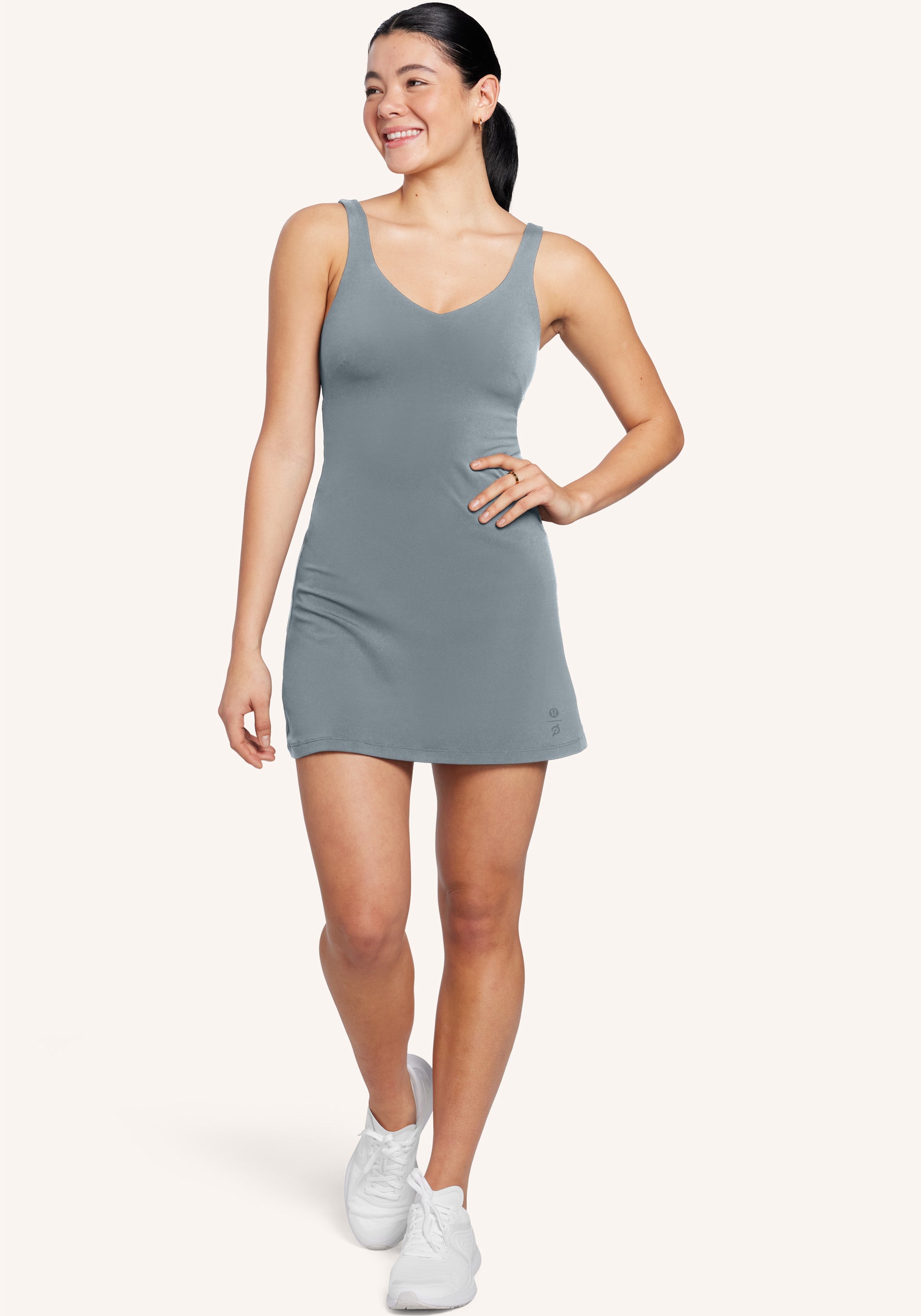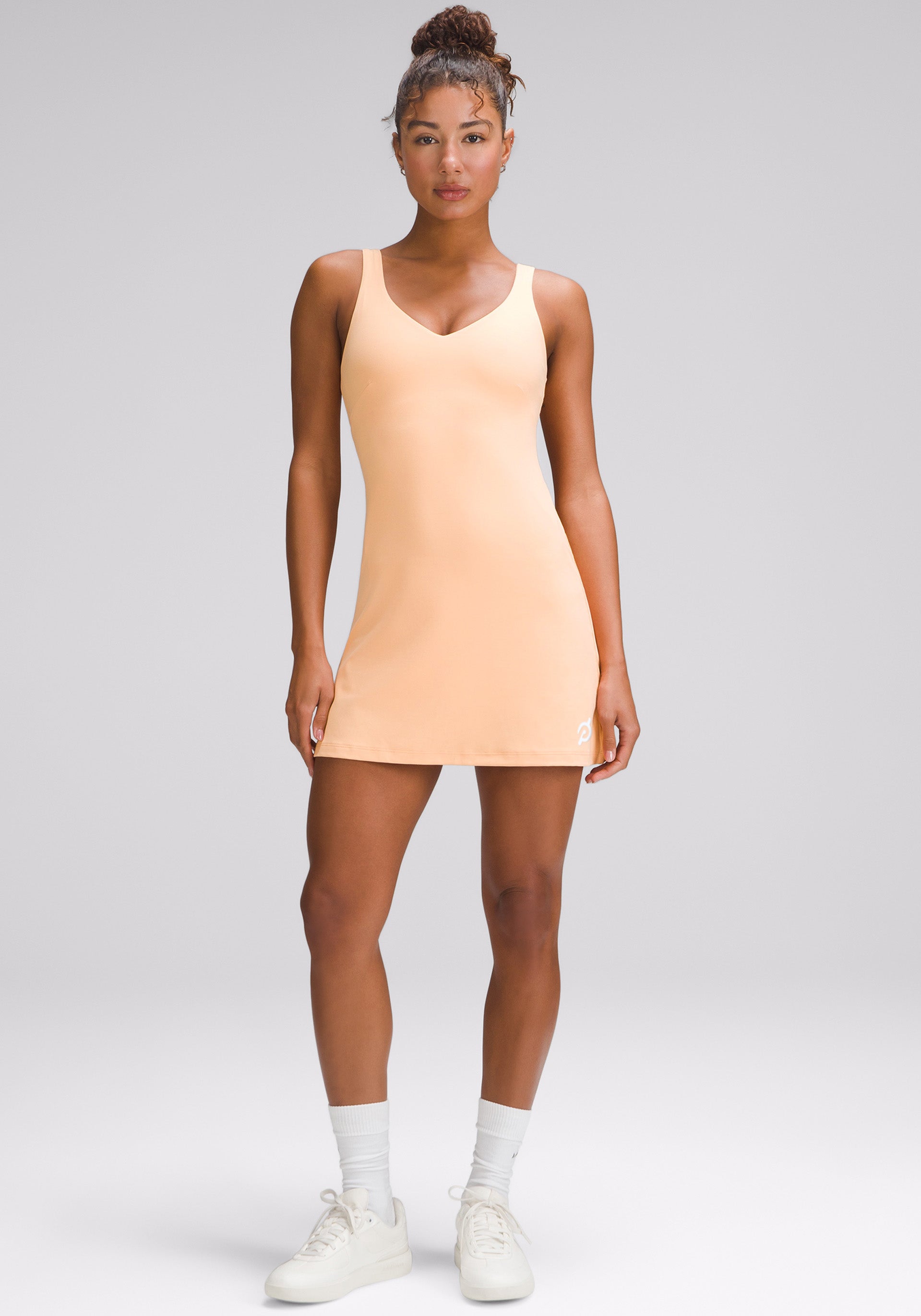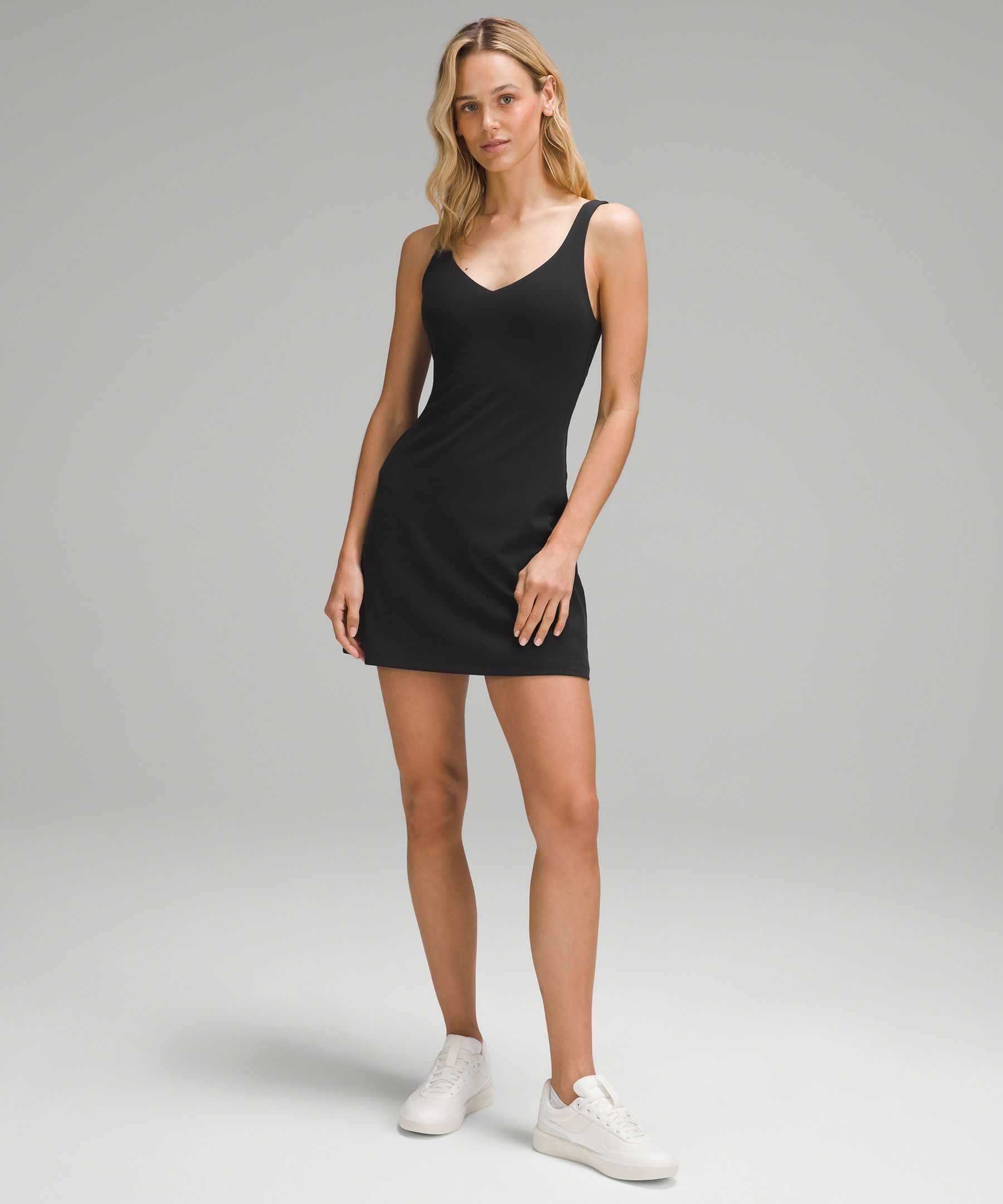Effortless Elegance: The Ultimate Guide to Styling Your lululemon Dress
The lululemon dress represents a paradigm shift in modern apparel, merging athletic functionality with sophisticated design to create a garment that transcends traditional categories. It is not merely an item of clothing but a versatile tool for living an active, stylish life. This guide will navigate the principles of styling this unique piece, ensuring you unlock its full potential for any occasion, from a high-intensity workout to a casual business meeting. The elegance of a lululemon dress lies in its engineered simplicity; it demands little effort to look polished while providing the comfort and performance synonymous with the brand. We will explore this through objective analysis of its design principles, styling techniques grounded in color theory and silhouette, and practical advice for integrating it into a dynamic wardrobe. The goal is to move beyond seeing it as just activewear and to appreciate it as a cornerstone of a minimalist, high-performance closet.
The Engineering of Elegance: Deconstructing the lululemon Dress
To truly master styling the lululemon dress, one must first understand the scientific and design principles that form its foundation. The brand’s philosophy, deeply influenced by the concept of ‘vitally’—a term describing a state of being full of life and energy—is woven into every thread. The fabrics used, such as Luon® and Nulu™, are not arbitrary choices but are the result of extensive research into biomechanics and material science. Luon®, for instance, is celebrated for its cottony-soft feel and four-way stretch, a property that allows the fabric to move with the body in every direction. This is crucial for a garment designed for motion, preventing restriction during activities like yoga or running. The concept of four-way stretch can be objectively explained through textile engineering: it involves knitting the fabric with spandex (or elastane) fibers in both the warp and weft directions, creating a grid-like structure that expands and contracts multidimensionally. This is a stark contrast to two-way stretch fabrics common in less technical apparel. Furthermore, the construction of a typical lululemon dress often incorporates seamless technology or flatlock seams. From an ergonomic perspective, these construction methods minimize chafing and irritation, a common issue with traditional sewn seams during repetitive movement. This objective focus on performance does not come at the expense of aesthetics. The cuts are often minimalist, employing principles of architectural design where form follows function. A-line silhouettes, for example, are not just flattering; they provide a greater range of motion for the legs compared to a pencil skirt. Understanding these elements—the fabric technology, the ergonomic construction, and the functional design—is the first step in appreciating why a lululemon dress serves as such a powerful styling canvas. It is a garment built on a bedrock of objective, performance-driven criteria.
Mastering the Palette: Color Theory and Your Wardrobe
Selecting the right color for your lululemon dress is a strategic decision that extends beyond personal preference into the realm of color psychology and wardrobe architecture. The brand’s color offerings are often curated seasonally, but core neutrals like black, graphite grey, and white form a timeless foundation. From a scientific standpoint, color is light energy of specific wavelengths perceived by our eyes, and different wavelengths can evoke distinct psychological responses. For instance, neutrals like black and grey are often associated with sophistication, authority, and minimalism—making a black lululemon dress an impeccable choice for situations where you wish to project confidence and polish. Conversely, brighter hues or pastels can convey energy, approachability, and creativity. The principle of a capsule wardrobe, popularized by figures like Donna Karan and her “Seven Easy Pieces” concept, advocates for a limited selection of interchangeable items. A lululemon dress in a neutral color is the quintessential capsule item. It can be paired with a vast array of other pieces, maximizing outfit combinations while minimizing decision fatigue. This approach is not just stylistically sound but also economically and environmentally conscious, aligning with a more sustainable consumption model. When considering a colored dress, think about its chromatic relationships. Analogous colors (those next to each other on the color wheel) create harmonious, serene outfits, while complementary colors (opposites on the wheel) generate dynamic, high-contrast looks. For example, a blue lululemon dress paired with orange-toned accessories creates a vibrant, attention-grabbing ensemble. This objective application of color theory ensures that your styling choices are intentional and effective, transforming the dress from a single garment into a central component of a cohesive and versatile wardrobe system.

The Architecture of Style: Silhouettes and Layering
The true versatility of the lululemon dress is unlocked through intelligent layering and an understanding of silhouette. The dress itself often serves as a sleek, form-fitting base layer—a concept borrowed from activewear layering systems designed for temperature regulation. The first principle is to consider proportion. A shorter, fitted dress can be balanced by a longer, looser outer layer, such as a duster coat or an open-front cardigan. This creates a visually interesting silhouette that is both modern and flattering. Conversely, a midi or maxi length lululemon dress can be anchored with a cropped jacket or denim shirt tied at the waist, defining the waistline and breaking up the vertical line. This technique is rooted in the artistic principles of balance and scale. Secondly, texture plays a critical role. The technical, smooth fabric of the dress provides a perfect contrast to more tactile materials. A chunky knit sweater thrown over the shoulders, a suede moto jacket, or even a crisp white button-down shirt worn unbuttoned over the dress adds depth and dimension to an outfit. This interplay of textures prevents the look from appearing too utilitarian and injects a dose of high-fashion sensibility. As the renowned designer Coco Chanel once articulated, “Fashion is architecture: it is a matter of proportions.” This quote perfectly encapsulates the approach to styling the lululemon dress. It is about constructing an outfit with intentionality, where each layer serves a purpose, whether functional (warmth) or aesthetic (creating shape). By viewing the dress as a structural element rather than a finished outfit, you open up a world of sartorial possibilities that seamlessly transition from a morning spin class to an afternoon lunch.

From Studio to Street: Contextual Styling for Modern Life
The ultimate test of any garment is its adaptability across different contexts, and the lululemon dress excels in this arena. The key to contextual styling is accessory curation. For a post-workout brunch, keep the look clean and effortless. The dress itself is the star. Pair it with minimalist white sneakers, a sleek crossbody bag, and oversized sunglasses. This ensemble communicates a sense of curated casualness—you look put-together without appearing as if you’ve tried too hard. It’s the embodiment of the “athleisure” trend, a term defined by its blend of athletic and leisurewear, which according to market analysis from sources like Forbes, represents a significant and enduring shift in consumer behavior. For a more professional setting, such as a casual Friday at a creative office, the transformation is simple yet effective. Layer a structured blazer over the dress. Immediately, the silhouette becomes more authoritative. Swap the sneakers for a pair of leather loafers or ankle boots, and add a structured tote bag. The technical fabric of the dress juxtaposed with the traditional wool of the blazer creates a modern, hybrid aesthetic that is both comfortable and commanding. This approach aligns with the growing acceptance of flexible dress codes, a trend documented in workplace studies from institutions like Harvard Business Review, which highlight the link between comfort and productivity. Even for an evening out, the lululemon dress can be elevated. A statement belt to cinch the waist, heeled sandals, and bold jewelry can transform it into a chic, body-conscious cocktail dress. The inherent stretch and comfort mean you can dance the night away without constraint. This chameleon-like ability to adapt is not an accident; it is the direct result of the dress’s foundational design principles—simplicity, quality, and performance—which provide a neutral canvas upon which you can project any style narrative you choose.

The journey with a lululemon dress is one of discovering sartorial efficiency and expressive potential. It is a garment that respects the demands of a fast-paced life without compromising on style. By understanding its engineered foundations, applying strategic color and layering techniques, and curating accessories for context, you elevate it from simple activewear to a foundational piece of a modern, intelligent wardrobe. The elegance it offers is indeed effortless, because it is built in, not added on.







